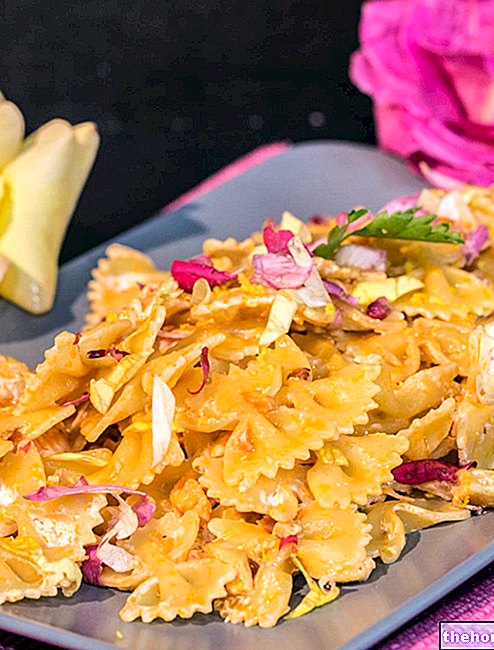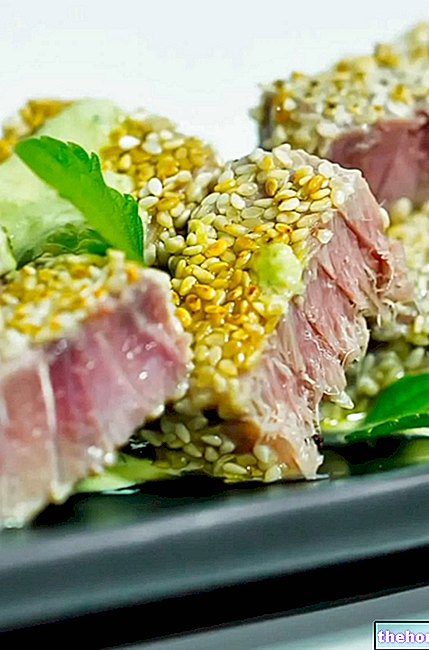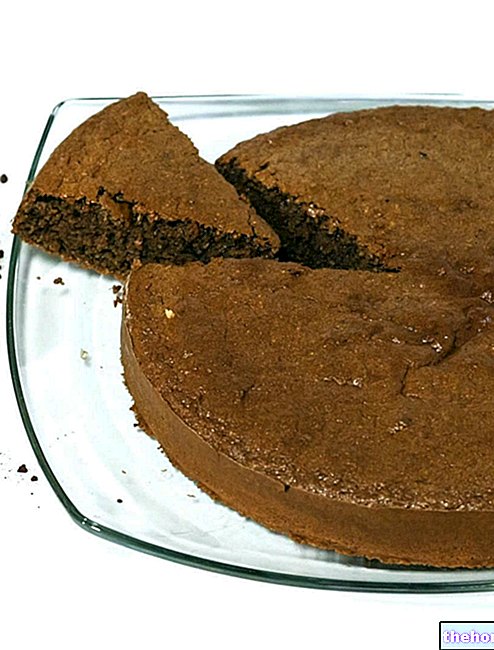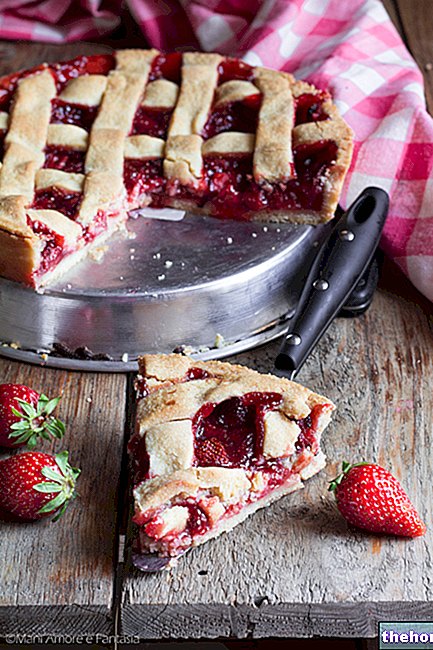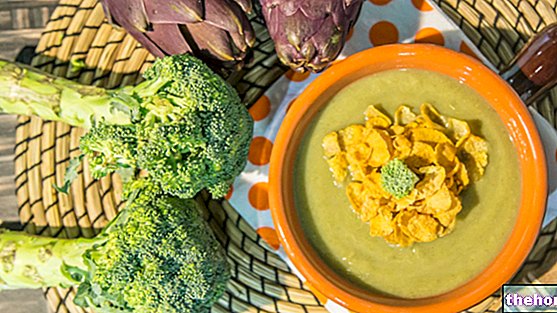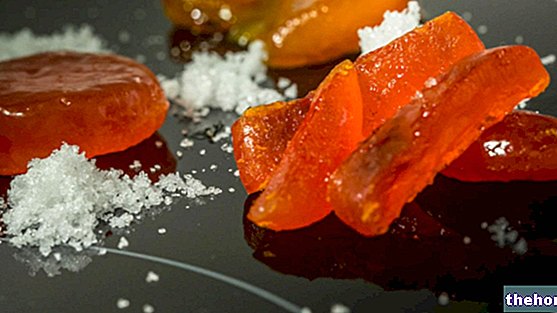Today we will discover an infallible technique to best preserve cauliflower and (above all) to make it stay nice and crunchy without making it lose its beautiful white color. The problem of conservation under oil is clearly the risk of botulinum contamination: we will thus discover all the tricks necessary to reduce the danger.
Video of the Recipe
Problems with playing the video? Reload the video from youtube.
Identity Card of the Recipe
- 112 KCal Calories per serving
-
Ingrediants
- 1 kg of clean inflorescences of cauliflower
- 1 l of vinegar
- 1 liter of dry white wine
- Q.b. of salt
- 1 tablespoon of peppercorns
- 1 tablespoon of coriander grains
- 1 tablespoon of mustard grains
Materials Needed
- Colander
- Glass jars with screw cap
- Large saucepan
- Skimmer
- Clean tea towel
- Knife
- Chopping board
- Bowls
- Food thermometer
Preparation
- First of all, carefully wash all the utensils needed to make the preserves: jars, pots, colanders, cutting board, knife, etc.
- Clean the cauliflower: remove the ribs and leaves, then remove the inflorescences and cut them into pieces of approximately equal size.
- Wash the inflorescences in water and bicarbonate, rubbing them gently to remove any traces of soil and impurities. Rinse the cauliflower again in cold water.
Please note
The number one rule to reduce the risk of microbial contamination of the food is to clean it and carefully wash all utensils in boiling water or in the dishwasher.- Prepare a solution consisting of bleached wine vinegar and white wine in equal parts. Bring to a boil, add a pinch of salt and dip the tops of the cauliflower into it. Cook the cauliflower for 3 minutes, starting from the moment of boiling.
- Drain the cauliflower on a colander, then transfer the buds to a clean cloth and leave to dry overnight.
Why let the cauliflower dry in the tea towel?
To obtain a quality preserves in oil and to reduce the risk of germination of botulinum spores, it is advisable to reduce the quantity of water present in the food as much as possible.- The next day, prepare the glass jars with their respective screw caps. Then place the jars in a large saucepan and fill with water. Bring to the heat and calculate at least 20 minutes from boiling.
- Remove the jars from the boiling water and let them dry for a few minutes: they must not contain traces of water. Pour a drizzle of oil into the jars, flavor with dry spices to taste (eg coriander seeds, mustard seeds, peppercorns or chilli, parsley, basil, garlic, thyme, oregano, etc.) and fill with cauliflower, alternating with oil and aromas. Proceed in this way until the jar is completely filled.
The choice of aromas
To consume the product in total microbiological safety, it is also important to pay attention to the use of aromas. Anyone wishing to use fresh aromatic plants must first blanch them in water and vinegar: in fact, we remind you that acidification drastically reduces the risk of spore germination.
To skip this step, dried spices can be used.- With a spatula or a presser, gently squeeze the oil-covered cauliflowers to release the air bubbles that inevitably arose when filling with oil. Wait a few hours and check the oil level: if has fallen below that of the vegetables, proceed with topping up (further addition of oil).
- Close the jars with the respective caps and proceed with the pasteurization at 80 ° C for 10 minutes. Then insert the jars in a saucepan, taking care to place a cloth to avoid splintering the jars during pasteurization. Calculate 10 minutes from reaching 80 ° C, often monitoring the temperature with a thermometer.
Did you know that
In such a preserve, in which the conditions of acidity and scarcity of water reduce the resistance of the spores to heat, a pasteurization treatment at relatively low temperatures (80 °), to be continued for a few minutes, is sufficient.- Let the jars of preserves cool in the water until they are vacuum sealed.
- Store the jars in the dark for 6 months to 1 year. To better appreciate the flavor, it is advisable to consume the preserve at least 1 month after potting.
Alice's comment - PersonalCooker
After the jars have been pasteurized, I recommend letting the preserves rest in a dark and cool environment for at least a month before consuming the cauliflowers. Alternatively, I recommend consuming them within 6-12 months.
Also try the Aubergines Sott "Olio!Nutritional values and Health Comment on the recipe
ATTENTION! The Cauliflower Sott "Olio is a preserved food of which it is not possible to accurately establish the lipid retention coefficient after dripping. This should be approximately 10g, which is why (although it is hypothetical) it was chosen to integrate it in the nutritional translation. alongside, they therefore represent the presumed nutritional values per 100 grams of preserved food, drained.
The Cauliflower Sott "Olio is a rather caloric side dish, with an energetic prevalence attributable to lipids. Proteins (with a low biological value) and carbohydrates (simple) are not very important. Fatty acids tend to be monounsaturated, cholesterol is absent and fibers abundant.
The Cauliflowers Sott "Olio are suitable for any diet, but in case of overweight the portion should be contained. The average portion is about 100g (110kcal).

